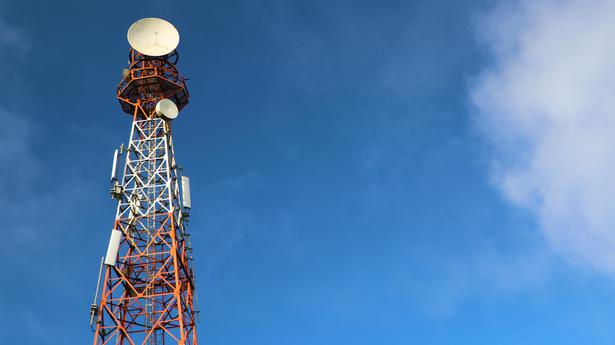
Data | How BSNL bled: The story behind public telecom giant’s fall in 6 charts
The Hindu
A shrinking subscriber base and extremely low revenue per user are sinking the state-run telecom
On July 27, the Union Cabinet approved a ₹1.64 lakh crore package to revive the state-owned telecom firm, Bharat Sanchar Nigam Limited. While private players are gearing up to deploy 5G services, the government has allocated ₹44,993 crore for administrative allotment of the 4G spectrum. The revival package also includes funding for financially unviable rural wire line services where BSNL is the only effective player.
The government expects that with the implementation of this recent package, BSNL will turn around and earn a profit by FY27. The firm last made a profit in 2008-09. In the last 13 years, the telecom has suffered losses amounting to ₹1.02 trillion.
To realise the goal of turning BSNL profitable in the next five years, a crucial step would be to expand the falling subscriber base. At present, the subscriber base of Jio and Airtel is three times that of BSNL’s. Not only is the subscriber base falling, but the revenue BSNL makes from each user is also a fraction of what private service providers get. The average revenue earned per user by BSNL is 2.5 times lower than what private players make.
An earlier bailout package announced in 2019 helped trim BSNL’s bloated employee benefits expense, halving the losses incurred by FY21. However, the revenue remained stagnant for four years after recording a major fall in FY19. Expanding the subscriber base and improving the revenue earned per user would take care of the shrinking revenue.
In 2005, BSNL commanded a market share of 21%, the same as Bharti Airtel and slightly higher than Reliance Communications. By 2022, BSNL’s share reduced to 10% while three private players controlled the rest of the market. Chart 1 shows the market share of wireless subscribers.
Chart appears incomplete? Click to remove AMP mode
Chart 2 shows the average revenue earned per user per month (ARPU) by BSNL and other private players. In March 2016, BSNL’s ARPU was ₹118 while private companies earned ₹126. The dirt cheap tariffs with which Jio entered the market forced other players to reduce their charges. This impacted the average revenue of both BSNL and other private service providers. However, the state-run telecom’s ARPU took a bigger hit. When Jio started raising tariffs, private players followed suit while BSNL did not. Consequently, the ARPU of private players improved (₹136) and surpassed the pre-Jio levels but BSNL (₹53) did not catch up.













